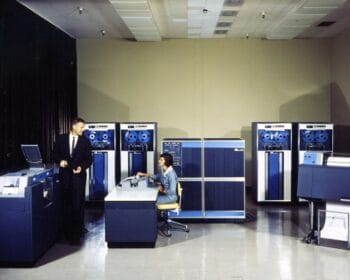J.C.R. Licklider
Born in 1915 in St.Louis, Missouri, J.C.R. Licklider (Lick) studied physics, chemistry, fine arts, and psychology, eventually earning undergraduate degrees and a Ph.D. He was a professor at Harvard University in the 40s, before moving on to MIT. There he was in charge of a human engineering group at Lincoln…



